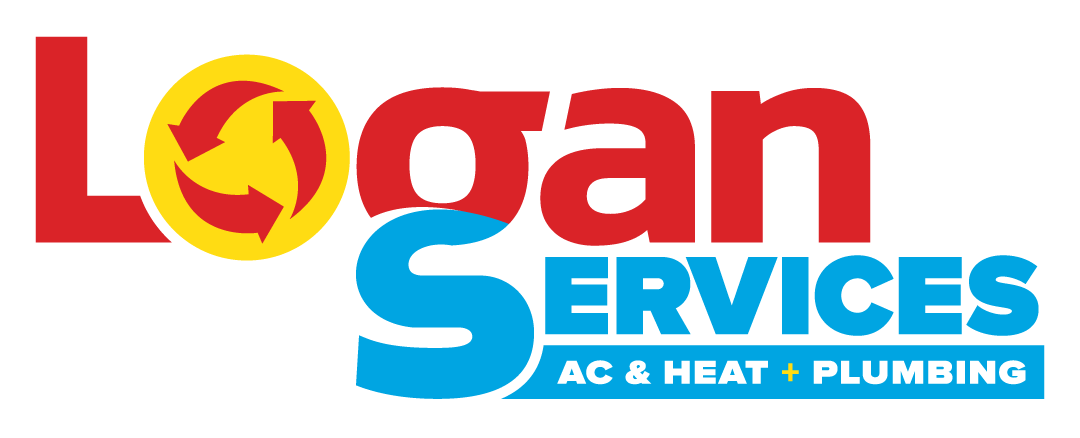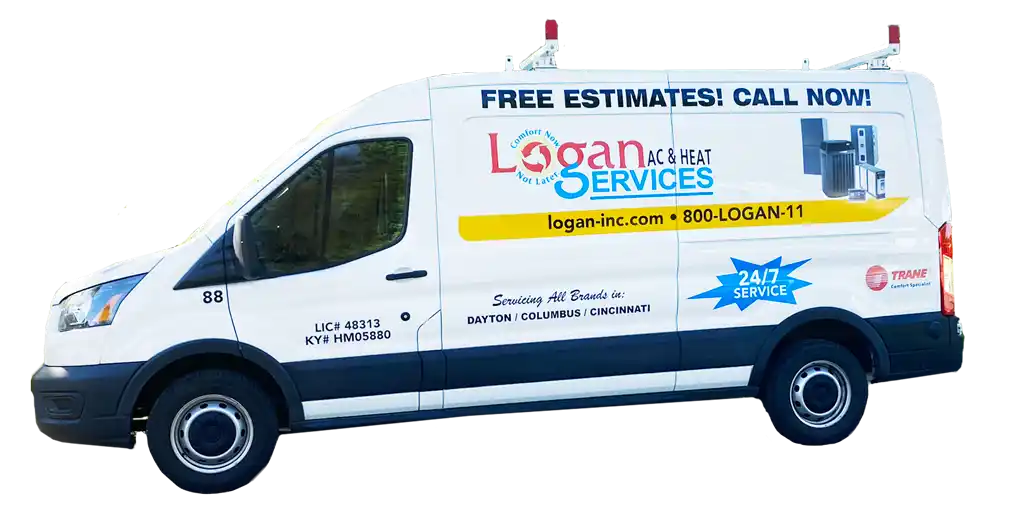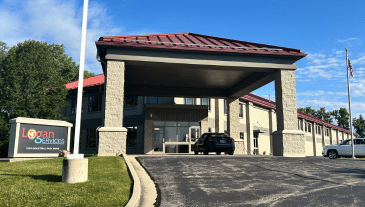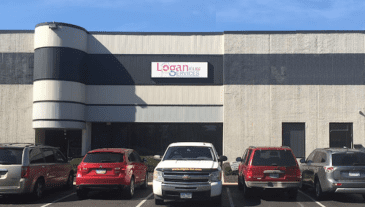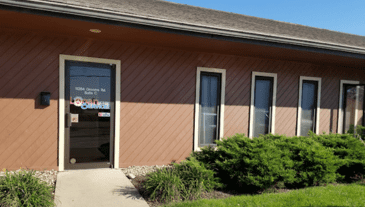Introduction
Dealing with a broken furnace in the middle of winter is every homeowner’s nightmare. Nothing disrupts daily life more than suddenly having no heat on cold days. When your furnace stops working, getting it repaired quickly and safely is crucial.
Keep reading to learn about the best advice on identifying furnace emergencies and handling them effectively. You’ll learn how to spot signs of furnace trouble, temporary heating alternatives, what to ask repair technicians, and tips to avoid break-downs in the future. With the right preparation, you can stay warm and minimize disruption when your furnace breaks down.
Did Your Furnace Go Out? How to Tell
It’s not always obvious when a furnace stops working properly. Here are some common signs your furnace may need emergency repair:
- No warm air coming from vents
- Unusual noises like banging or squealing
- Burning smell or traces of smoke
- Yellow flame instead of blue
- Frequency of shut-downs increases
- Rooms feel colder than thermostat setting
Pay attention to these indicators and call an HVAC technician promptly if you notice them. The sooner you can diagnose furnace problems, the quicker you can get heat restored. Don’t take chances when it comes to your indoor climate and safety.
Basics of a Home Furnace
Understanding furnace basics can help you detect and describe issues when calling for repairs. Most homes have either a hot air furnace or a boiler system.
Hot air furnaces heat air and use ducts to distribute it. Problems often arise from faulty ignition, a cracked heat exchanger, or broken blower motor.
Boilers heat water to provide steam or hot water to radiators. Common boiler problems involve low water levels, leaky pipes, sediment buildup, and flame sensor malfunctions.
No matter the type, some common emergency problems are:
- Gas leaks – Dangerous issue that can lead to explosion. Turn off gas line and leave house immediately if you smell gas.
- Carbon monoxide leaks – Toxic gas that can be fatal. Make sure detectors are functioning and installed on every floor. Open windows for ventilation.
- Flame sensor failure – Prevents furnace from igniting. Usually an easy fix for a technician.
- Thermostat malfunctions – Can disrupt communication between thermostat and furnace. Try rebooting thermostat first.
What To Do In a Furnace Emergency
If you suspect your furnace needs emergency repair:
- Shut off the furnace at the main power switch to avoid further damage.
- Open windows slightly for ventilation.
- Check carbon monoxide detectors. Leave the house immediately if they are sounding.
- Contact an HVAC technician and describe issues in detail. Ask for an emergency visit.
- Take steps to safely stay warm until the technician arrives.
Reputable companies like Logan A/C & Heat offer 24/7 emergency furnace repair service. Technicians are experienced in diagnosing and fixing problems quickly.
How to Keep Your House Warm
Here are some tips to stay warm when you lose your heat source:
- Seal off rooms not in use and congregate in one well-insulated area.
- Use space heaters cautiously by following safety guidelines. Only use newer models with auto shut-off features.
- Wrap up in extra layers of blankets and clothing. Cover extremities to avoid hypothermia.
- Drink warm beverages like tea to boost internal temperature. Avoid alcohol since it can cause more heat loss.
- Take refuge with family or friends if repairs will be extensive.
Though inconvenient, most homeowners can safely wait a day or two for furnace repairs as long as precautions are taken. Contact authorities if temperature drops dangerously low for your area and can’t be raised sufficiently with blankets and alternate heat.
How Logan A/C & Heat Can Help with On-Call Furnace Repair
At Logan A/C & Heat, customer comfort and safety is our top priority. Our experienced technicians receive ongoing training to quickly diagnose furnace issues and make expert repairs.
As a family-owned business, we care about providing quality furnace repair services and building relationships in the community. Before leaving home, our techs do a walkthrough to ensure the system works properly and to answer any questions. We have all the necessary parts on hand to avoid delays.
For emergency furnace services, we offer 24/7 on-call repair to get your heat running again quickly. Our trusted technicians are background-checked for your peace of mind. We work hard to minimize disruption from furnace issues and keep repair costs reasonable.
Contact Logan A/C & Heat anytime your furnace is malfunctioning, and we’ll provide solutions to keep your home warm. We are here to help our neighbors stay comfortable during Michigan winters.
Conclusion
Dealing with a furnace failure can be stressful, especially in frigid temperatures. Take precautions when problems arise and work with qualified HVAC professionals to get issues diagnosed and fixed promptly. With some preparation and vigilance, you can safely manage through heating emergencies this winter.
Frequently Asked Questions
What are signs I may need emergency furnace repair?
Look for lack of heat, strange smells or sounds, frequent shutdowns, cold spots in your home, carbon monoxide leaks, and click/bang noises. These indicate a malfunction needing prompt attention to restore heat quickly.
What should I do in a furnace emergency?
Shut the furnace off, open windows, check carbon monoxide detectors, call a heating and air conditioning company for emergency service, and take safe steps to stay warm, like using blankets and space heaters. Leave your home if you smell gas or detectors go off.
How long can I go without heat in my house?
Most homes can safely go 1-2 days without heat as long as you seal off rooms and take precautions like wearing layers of clothing and using temporary heat sources. If the temperature drops excessively or you can’t get your interior warm enough, take refuge elsewhere.
